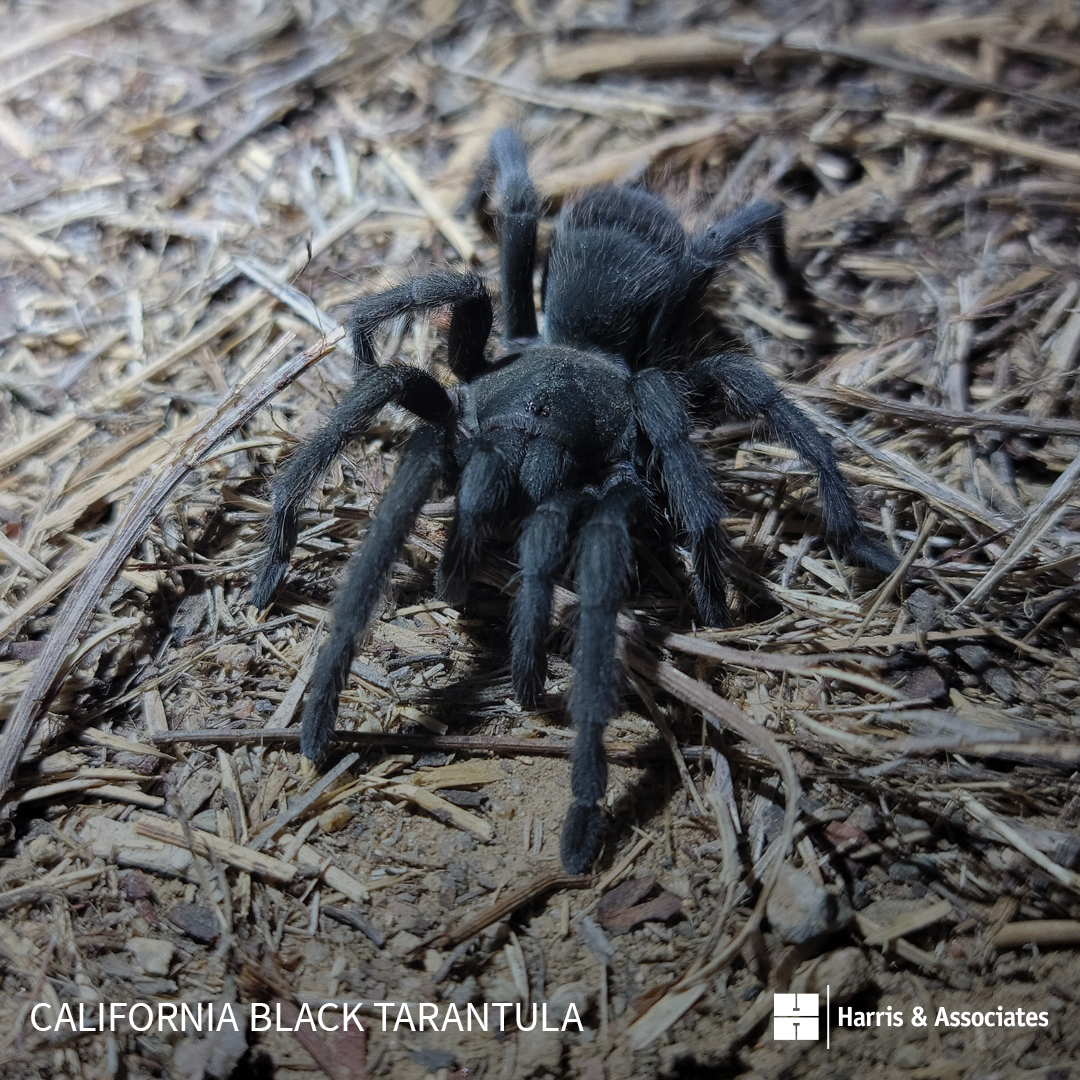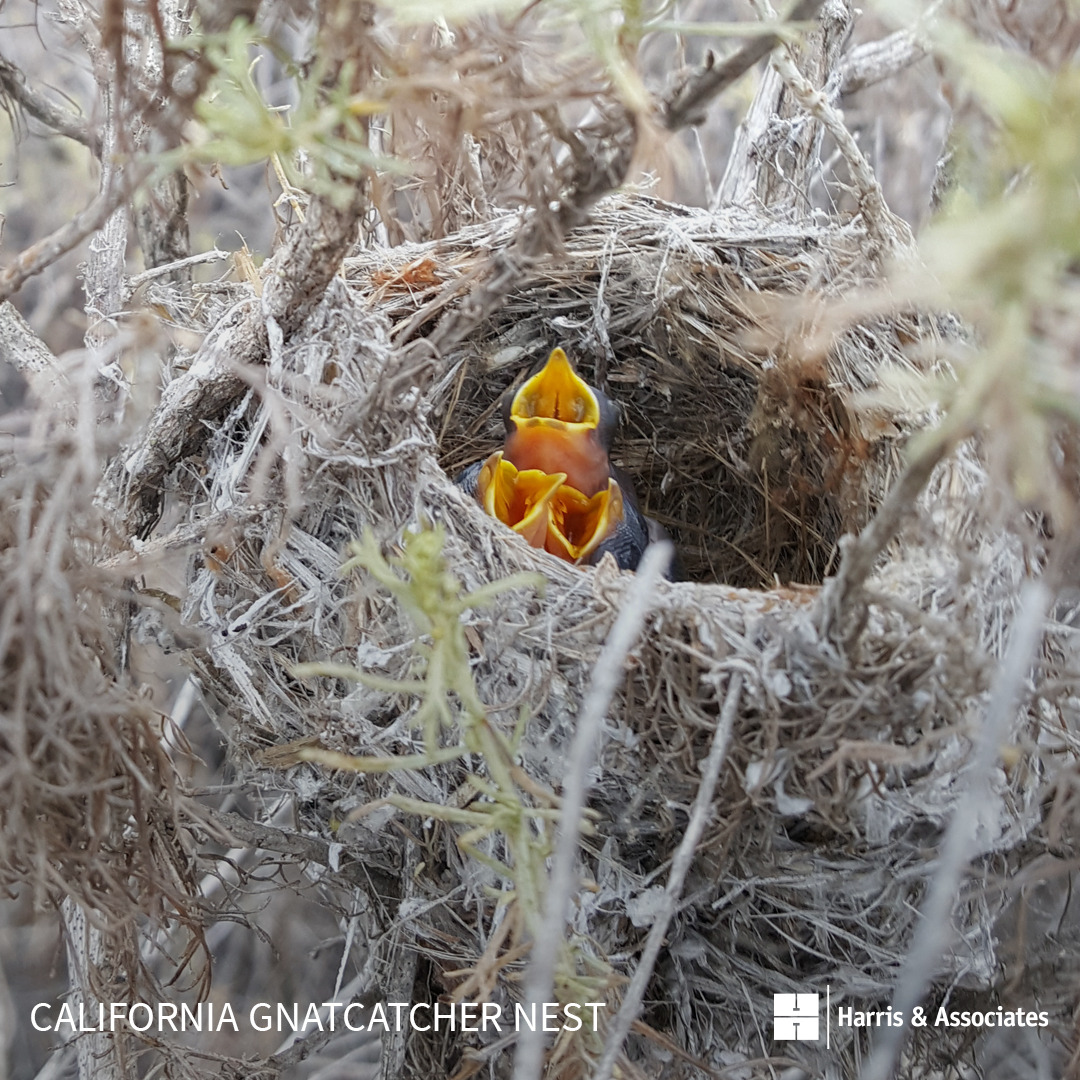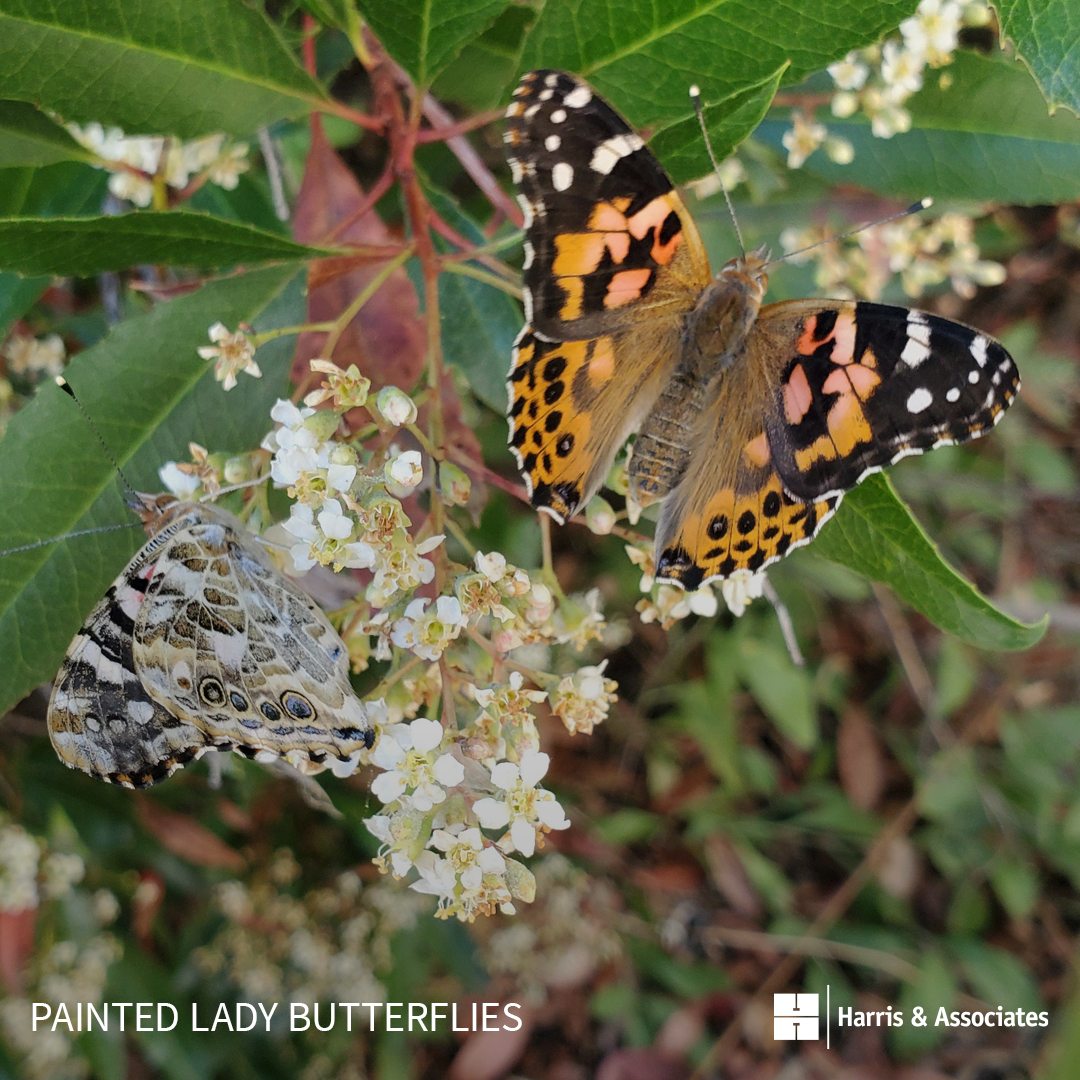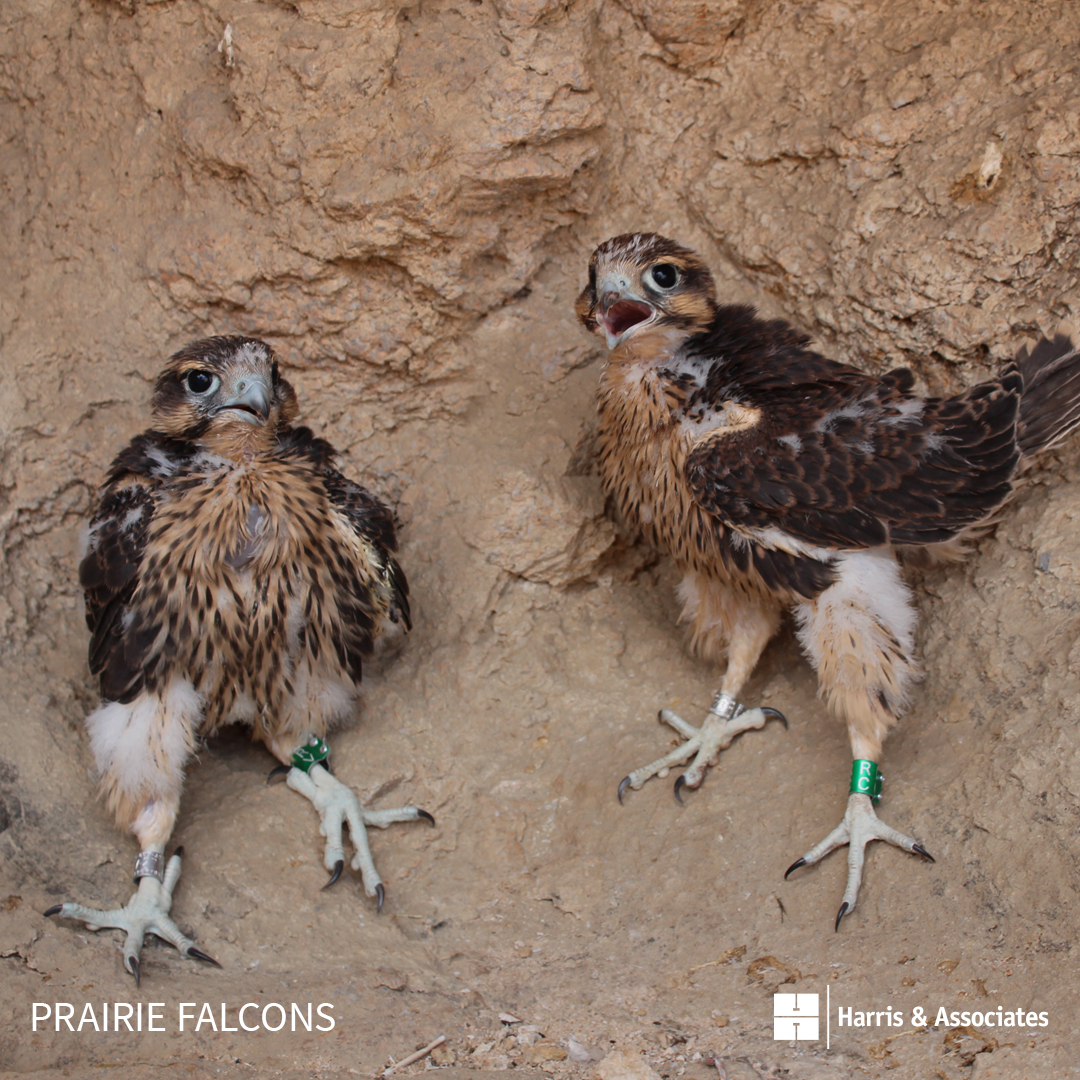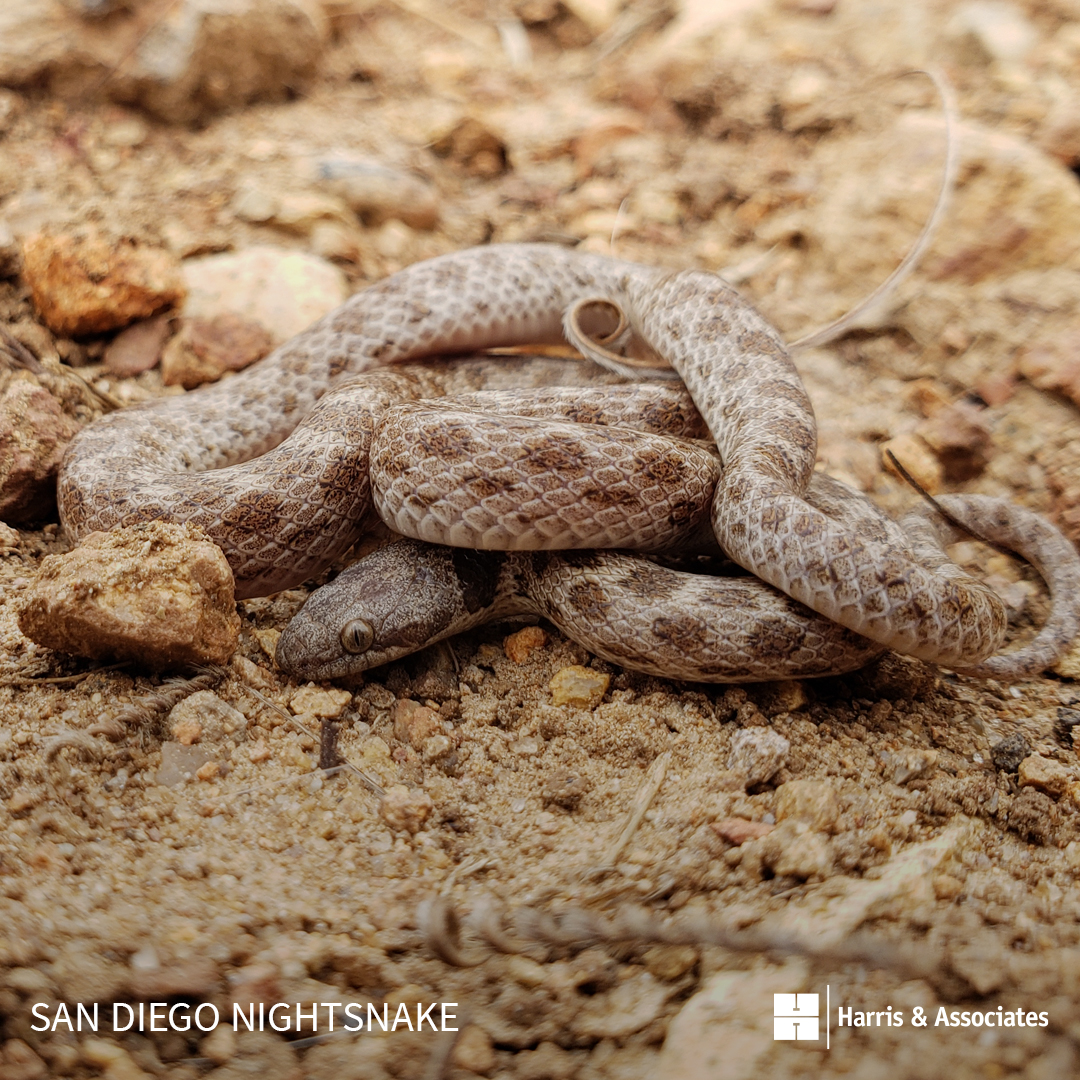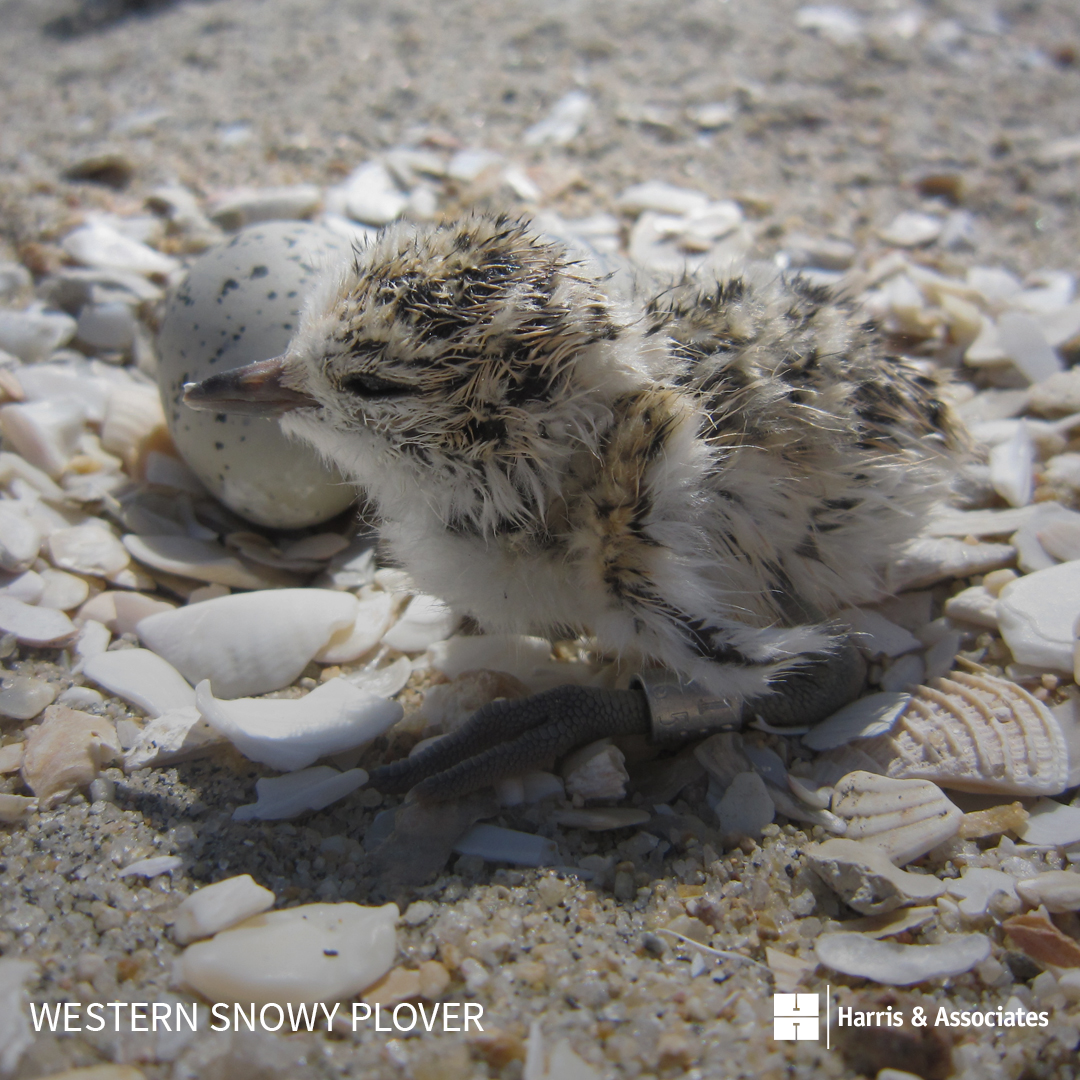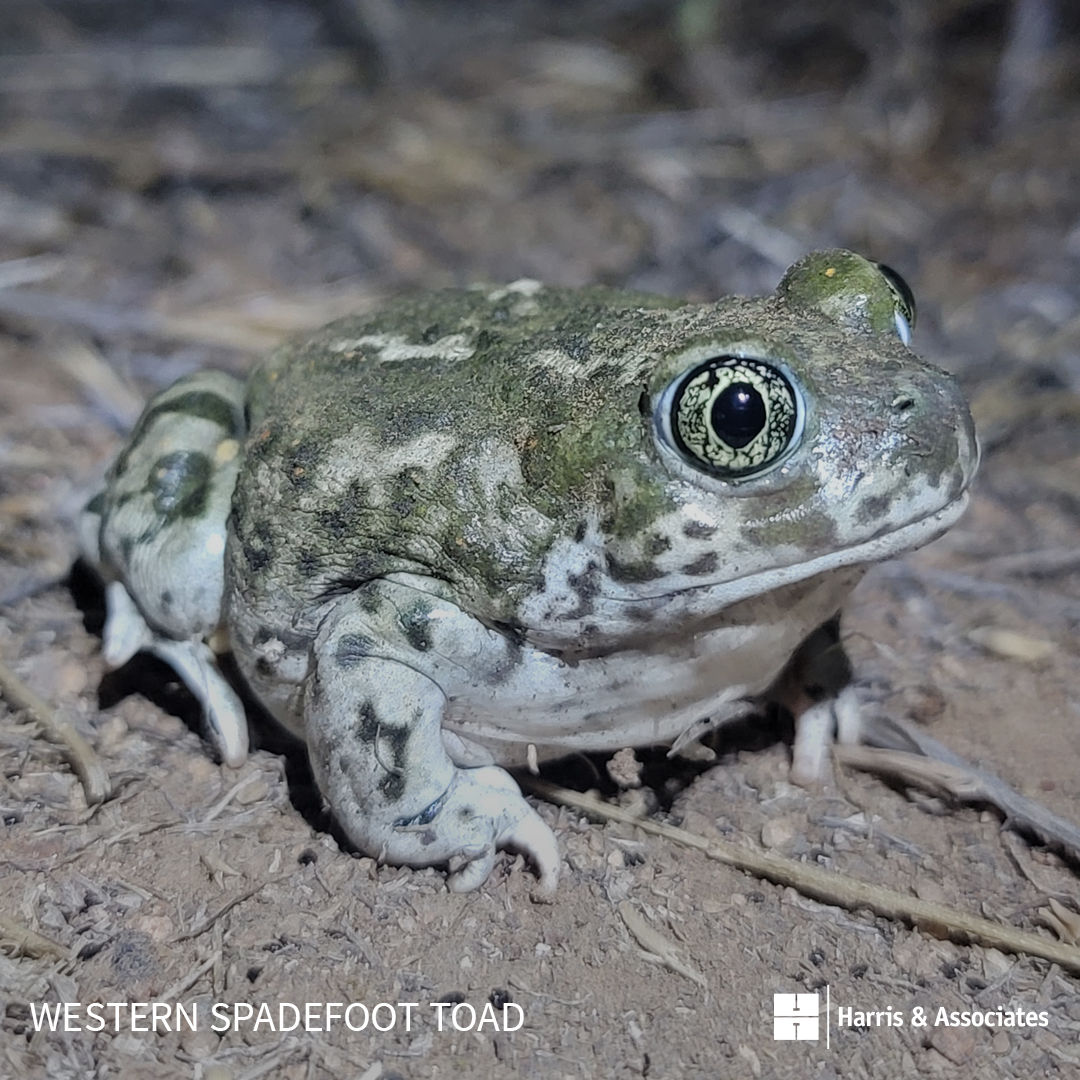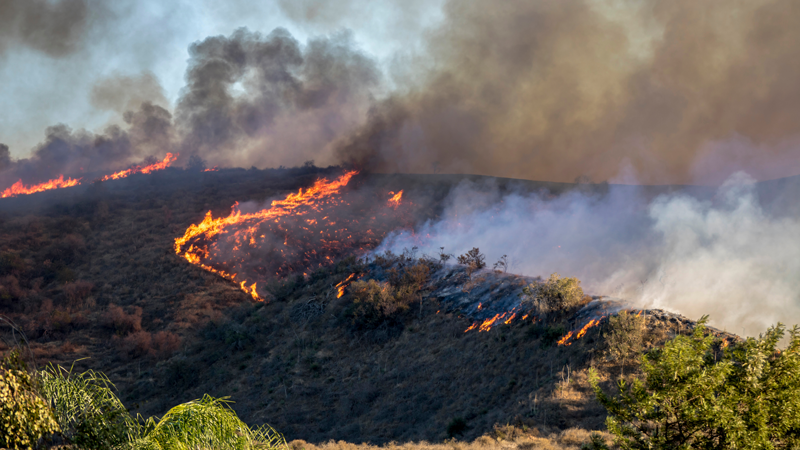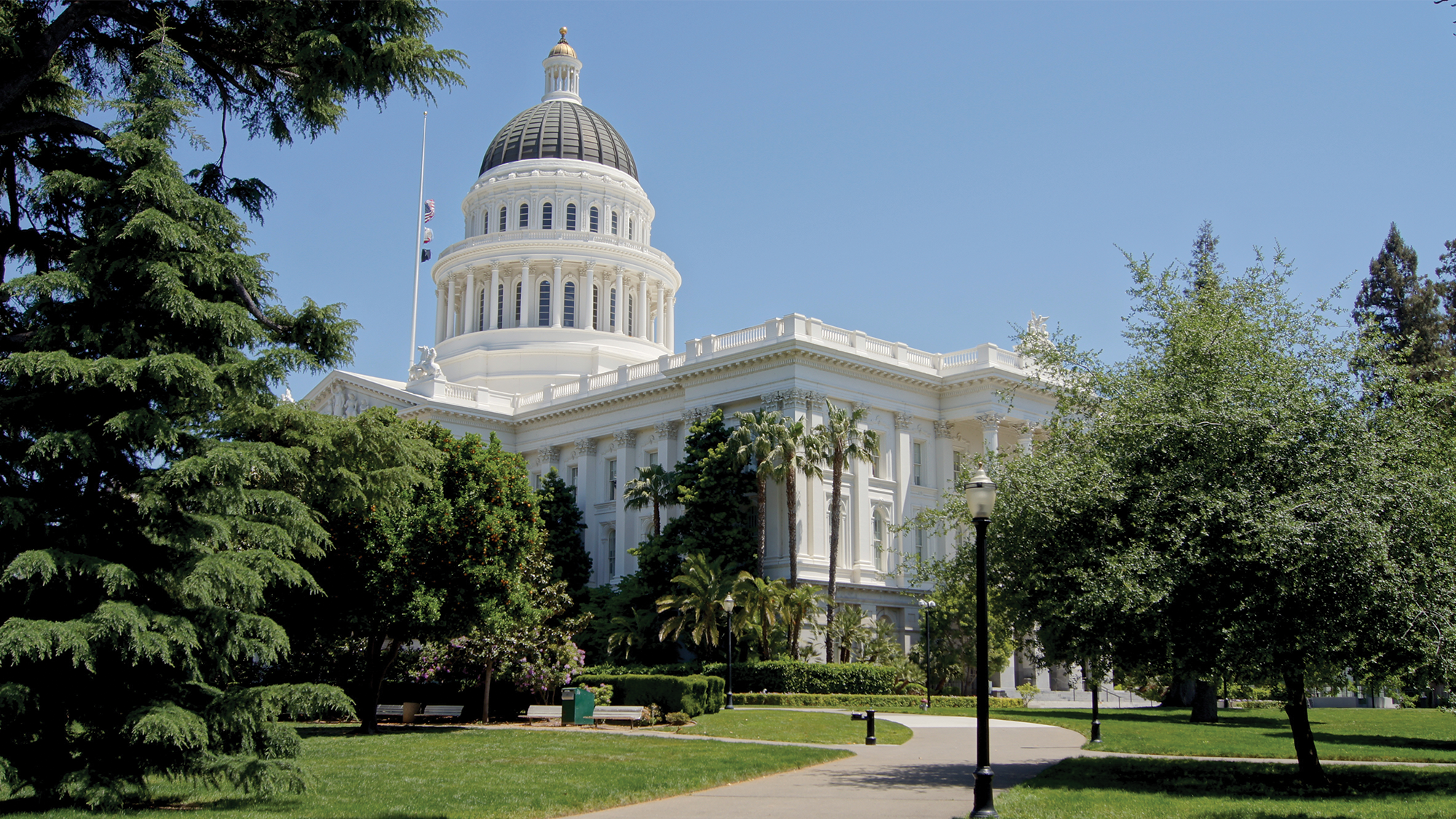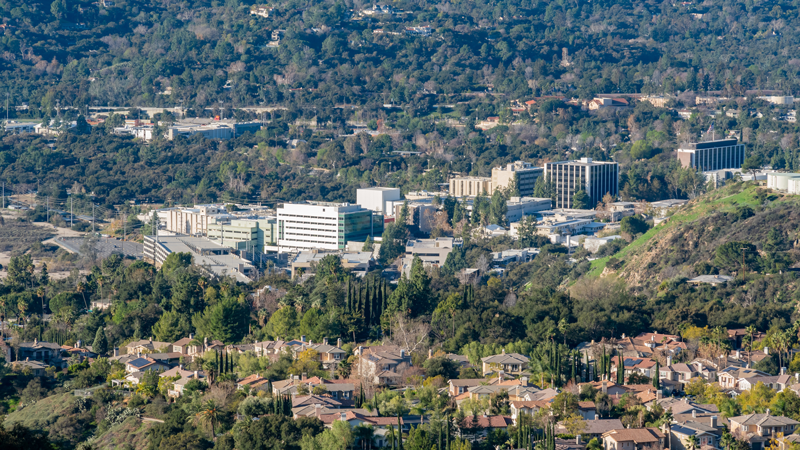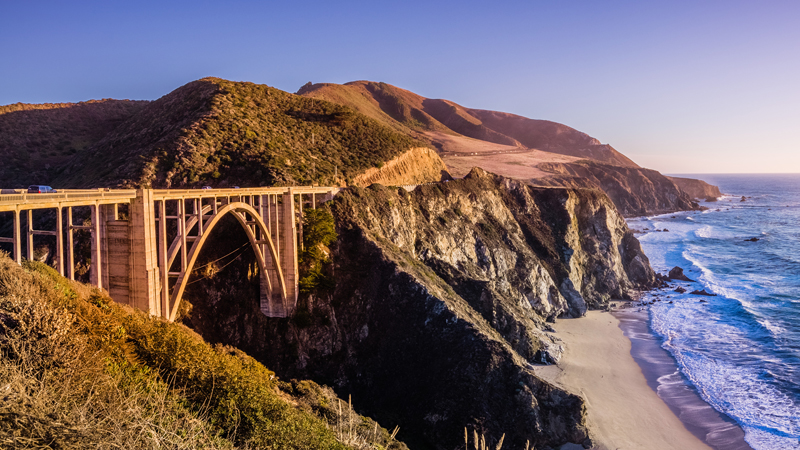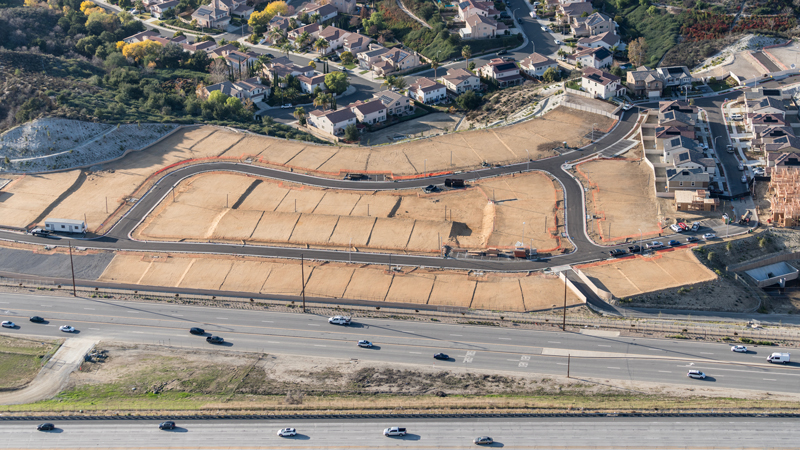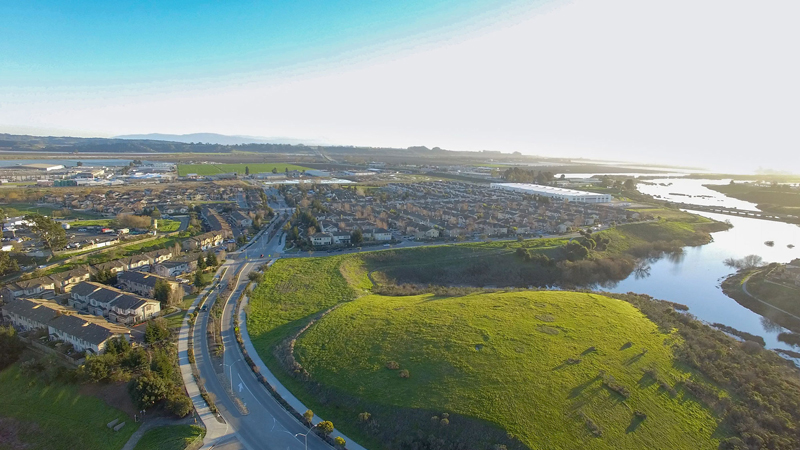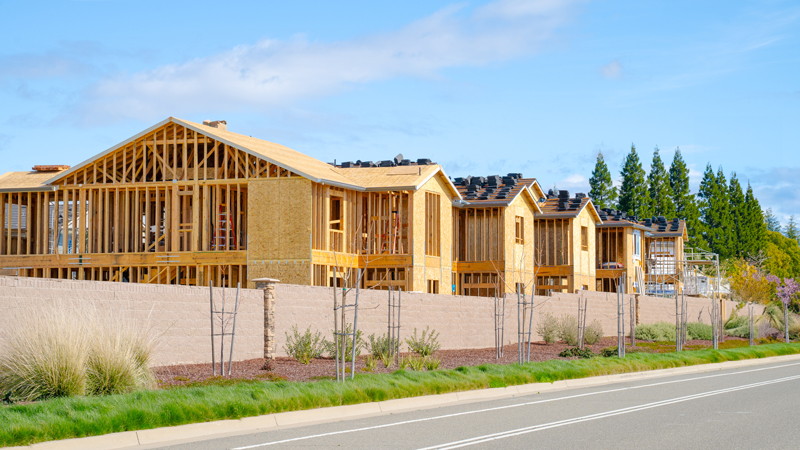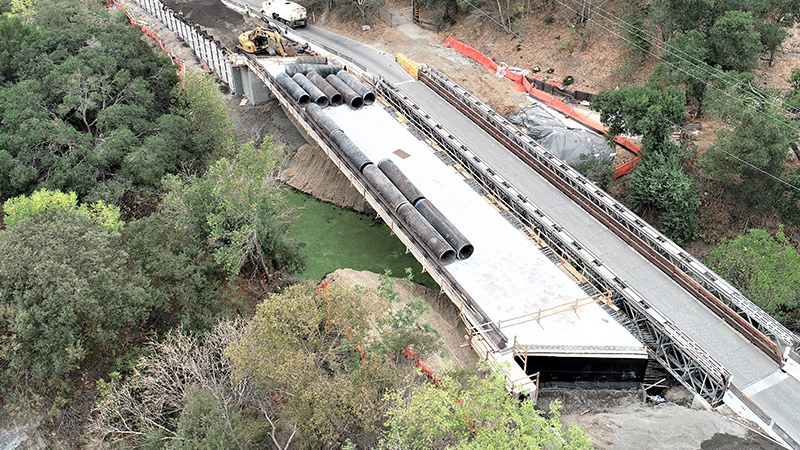Blogpost
5.8 minute read
May 31, 2022
This post is the last in a five-part series about biodiversity and Harris’ role in providing critical biodiversity data for our clients, science, and humankind. The first blog post can be found here.
In previous posts, we discussed the definition of biodiversity and how we can sustain it with so many beings sharing resources on our overcrowded earth. We also discussed why greater and richer biodiversity is so important for humans. In our last post, we examined whether biodiversity is in peril and why. For this final post, we share some ways we as individuals can promote biodiversity.
Where does improving biodiversity start?
We can measure biodiversity on a global scale or in tiny ecosystems like those in our backyards, hometowns, and city parks. Because we are responsible for disturbances to our local ecosystems, we must take part in repairing the disturbance and promoting healthier conditions.
“Humans are the directors and the audience,” says Chris Schell, Assistant Professor at the University of California at Berkeley Department of Environmental Science Policy and Management. Dr. Schell believes that righting environmental injustices, wrongdoings, and climate inequities requires resolving key ecological, conservation, and biodiversity issues. We must deal with the past, present, and future all at once by choosing carefully how we spend our money, how we spend our time, and how we vote.
Money, time, choices, and political support are the tools we have to help restore biodiversity. Social justice is environmental justice and vice-versa; and no matter how hard we try to separate them, they cannot be separated.
Where can we look for answers?
A study published in Environmental Science & Policy compared the levels of biodiversity in more than 15,600 regions in Brazil, Australia, and Canada in terms of large-scale land management. The study found that indigenous management had the most positive influence on biodiversity, and indigenous-managed lands had the largest variety of vertebrate species. Protected parks had the second-highest levels of biodiversity.
This suggests that the colonialist approach to biological conservation of preserving lands in parks and preserves is not enough. Leveraging indigenous land management practices and collaborating with indigenous land stewards may be the key to real change, and it is one way we can use our votes to make a difference.
What can individuals do beyond the ballot box?
For some, taking actions that prioritize sustainability and biodiversity is not affordable or accessible. For others, sustainability is a matter of survival. We cannot forget that there are those whose cultures are deeply intertwined with the earth and for whom sustainability and maintaining biodiversity is a way of life. If you are able to prioritize sustainability, and do not already practice it, consider doing so. It is up to those of us (who can) to find ways to do something small every day.
Here are 19 actions you can take as a good start:
- Reduce, reuse, recycle, and minimize your energy, electricity, and water consumption. Compost!
- If possible, purchase and use re-usable containers—especially those that are not made of plastic. Avoid one-time plastic containers and packaging.
- Use rags to clean around your home instead of paper towels. If this is not possible, replace other paper products with washable fabrics (i.e., handkerchiefs for tissues).
- Support local farms and support farmers in general—buy local whenever you can, even from your neighbors.
- Leave habitat undisturbed—especially critical wildlife habitats that house species at risk.
- Buy sustainably and ethically harvested seafood—the Monterey Bay Aquarium Seafood Watch can help you choose wisely.
- Conserve water by taking shorter showers and turning off the water between rinses when washing dishes. Use rain barrels for irrigation. There are many easy ways to conserve water.
- Leave grass unfertilized and cease or limit the use of pesticides; these chemicals end up in our waterways and kill local wildlife.
- Plant native trees and shrubs, and sow native wildflower seeds to increase foraging opportunities for native species.
- Support sustainable livestock grazing by purchasing from producers who maintain good quality range conditions and rotate their pastures. Buy from farms and ranches that practice sustainable initiatives.
- Go packaging-free when you can.
- Extend periods between mowing to protect invertebrate microhabitats.
- Eradicate or control invasive weeds on your property.
- Protect biodiversity in parks and preserves by staying on marked paths and trails. Volunteer for clean-ups, and keep your distance from wildlife while recreating.
- Support controlled burning efforts and encourage government leaders to choose similar indigenous practices of land management.
- Be sure the products you buy and the companies you support are not contributing to the destruction of habitats. Choose products with legitimate eco-labels such as Rainforest Alliance Certification, Certified Wildlife Friendly, Forest Stewardship Council, LEED, Energy Star, Green Seal, Marine Stewardship Council, Fair Trade Certified, and USDA Organic.
- Incorporate renewable energy and/or energy-efficient practices into your next home or home project.
- Educate yourself about legislation that affects biodiversity, and support candidates and causes that demonstrate support for long-term biodiversity and ecological sustainability.
- Spread the word!
Who’s taking action?
The international community is making progress toward increasing biodiversity with efforts that include international protocols that govern the fair sharing of natural genetic resources. This means that wealthy countries agree not to plunder resources and leave poorer countries without. We are also on target to protect more than 17% of the most vulnerable land areas and 10% of marine habitats. We are making small strides each day, but it is not enough without everyone working smarter, harder, and with urgency.
I hope you have enjoyed this series and the conversations it has sparked for you. All it takes is one person inspiring another to have an impact.
Do your plans protect biodiversity? Harris’ skilled and experienced biologists and botanists can assist in identifying and protecting the biodiversity and available habitat on your property. To learn more, contact Harris Project Manager Emily Mastrelli!
Schuster, Richard. Germain, R.R., Bennett, J.O., Reo, N.J., and Arcese, P. 2019. Vertebrate biodiversity on indigenous-managed lands in Australis, Brasil, and Canada equals that in protected areas.” Environmental Science and Policy. Volume 101. November 2019. Pages 1-6. Accessed on 4 May 2022. Retrieved from https://www.sciencedirect.com/science/article/abs/pii/S1462901119301042?via%3Dihub.
Authors
Emily Mastrelli
Ryan Binns, ENV SP, PMP
Source
Harris & Associates
Markets
Municipal
Water
Transportation
Services
Environmental Planning + Compliance
Categories
Biological Studies
Biological Resources
